
2016 Structural Awards shortlist highlights
By Justine Testado|
Tuesday, Aug 2, 2016
Related
It's already time for the next edition of the yearly Structural Awards. Established by the Institution of Structural Engineers and regarded as the most prestigious award competition in the industry, the Structural Awards honor the achievements and valuable innovations of structural engineers worldwide, as well as the crucial roles they play in creating design solutions in the built environment.
Without a doubt, competition grows tougher every year in all 12 categories, so being shortlisted is already a big honor. Stay tuned, as the winners won't be revealed until November 11 during the Structural Awards Ceremony at The Brewery in London.
In the meantime, check out snippets of the 2016 shortlist below.
(cover image) ↑ MPavillion 2015 – Melbourne, Victoria, Australia
Structural Designer: Arup/ ShapeShift.Tech
Project summary: “Founded in 2014, ‘MPavilion’ is a unique annual architecture and design event which commissions a design for a temporary pavilion for Queen Victoria Gardens, in the centre of Melbourne’s Southbank Arts Precinct. The 2015 MPavilion featured three and five metre diameter composite laminate petals, with integrated LED strip lighting and in-built amplifiers, supported by slender carbon fibre columns. The structure was designed to gently sway under wind loads, creating a forest canopy effect.”

RELATED NEWS Amanda Levete to design the 2015 MPavilion in Melbourne
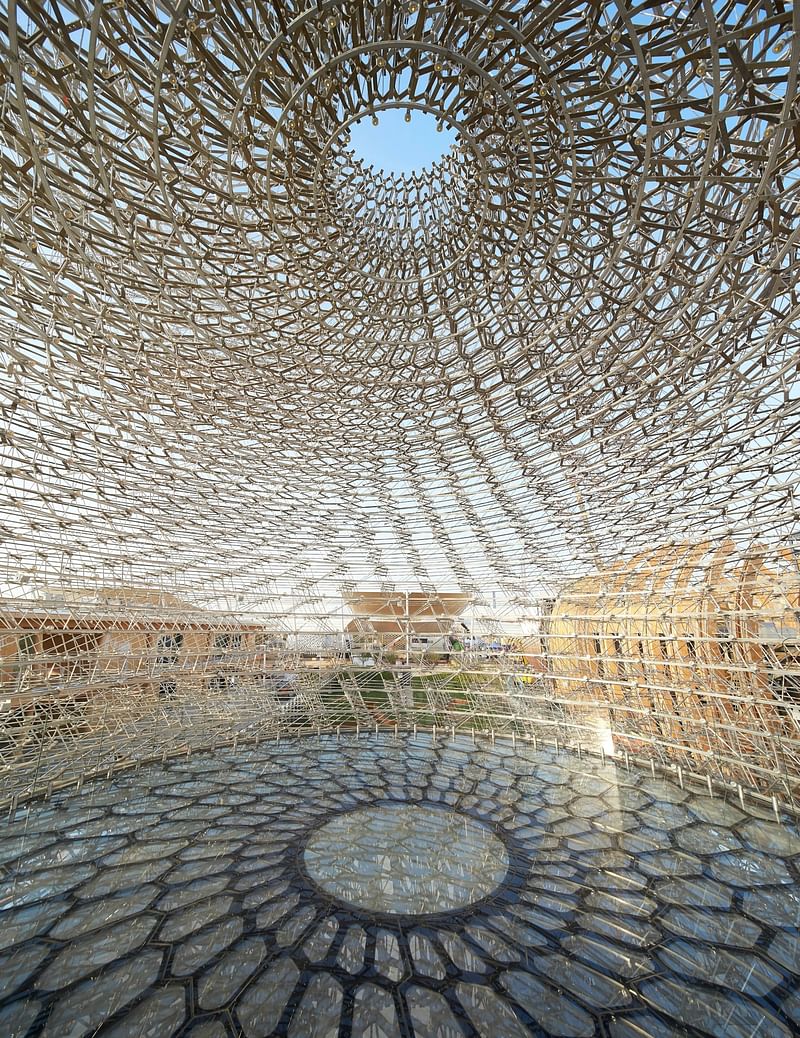
↑ Expo2015 Hive - Milan, Italy
Structural Designer: Simmonds Studio
Project summary: “A highly complex sculptural structure that was the centrepiece of the UK Pavilion at the Milan Expo 2015. Using a geometry inspired by the honey bee, the Hive underwent four complete redesigns and 21 design iterations in five months, yet was delivered on time. The Hive consists of 60,000 unique aluminium parts, formed in a structural system of 31 stacked layers of alternating radial and circumferential trusses.”
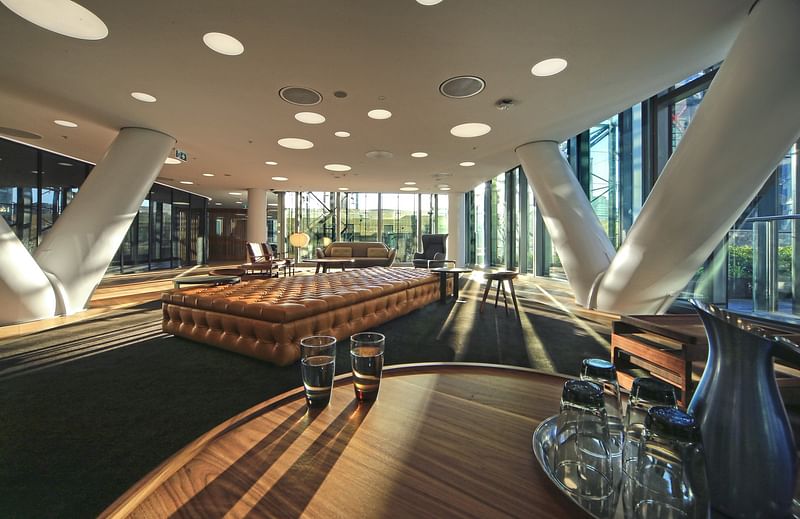
↑ 5 Martin Place - Sydney, Australia
Structural Designer: Aurecon
Project summary: “A renovated 1916 heritage building, nicknamed the ‘Money Box’, with a new office tower extension, featuring a cantilevered 10-storey section projecting 22 metres over the heritage buildings. The new building’s efficient structural steel frame, featuring V-shaped bracing and suspended columns in tension, has allowed the existing buildings to be free of any structural intervention. The new building also incorporates sustainable features such as rainwater harvesting and high-performance glazing.”

RELATED NEWS Singapore Sports Hub wins Supreme Excellence title in 2015 Structural Awards
↑ The Cube – London, United Kingdom
Structural Designer: Engenuiti
Project summary: “A ten-storey residential development that provides 50 homes on a unique rotated cruciform plan. An innovative, cost effective and environmentally efficient development in the heart of London. The Cube pushes the boundaries of hybrid buildings and timber engineering through its novel twisted design and complex geometry. The interfaces between concrete, steel and timber required the development of a new suite of details and connections.”
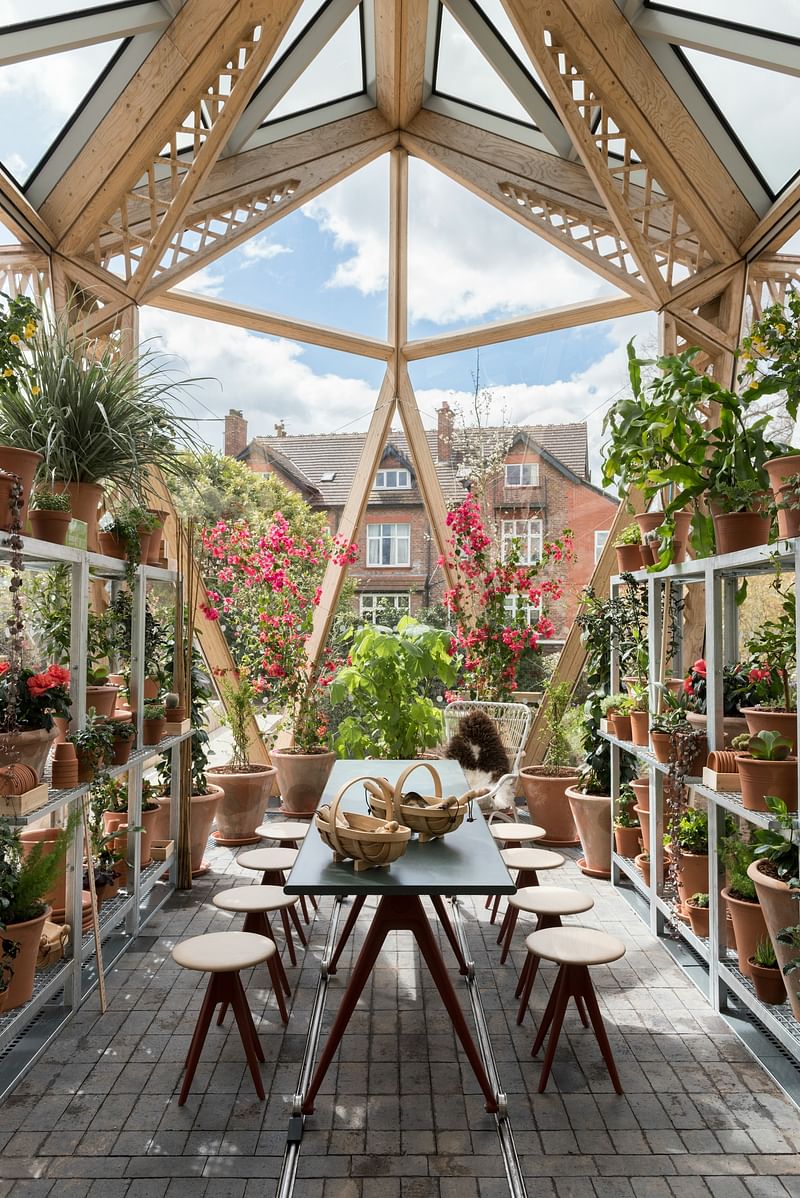
↑ Maggie’s Centre – Manchester, United Kingdom
Structural Designer: Foster + Partners
Project summary: “Maggie’s Centres provide a welcoming ‘home from home’ for people affected by cancer. The Manchester Centre establishes a domestic atmosphere in a garden setting a short walk from The Christie Hospital’s leading oncology unit. The centre’s structure was constructed entirely in laminated veneer lumber, a sustainable harvested softwood which minimises the carbon footprint of the building. The frames were fabricated using computer-controlled cutting that minimised the total amount of material used.”
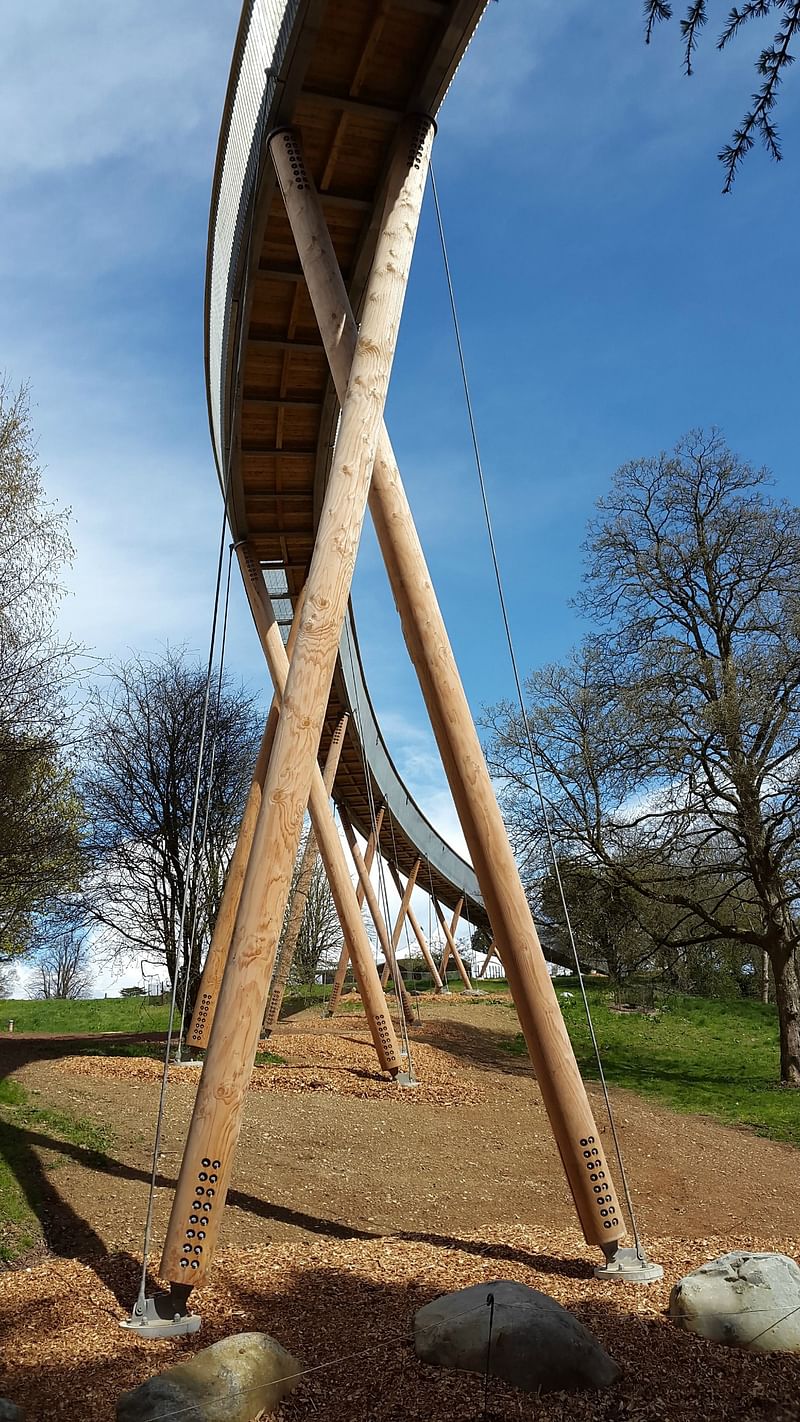
↑ STIHL Treetop Walkway – Westonbirt, United Kingdom
Structural Designer: BuroHappold
Project summary: “The UK's longest treetop walkway at 280m, this project is the crowning glory of redevelopment at Westonbirt Arboretum, opening up new vistas and helping visitors learn more about trees. The structure consists of 57 crossing timber legs, machined to a gently tapering cigar shape from solid larch and Douglas fir sections. The legs support a flowing timber and steel walkway.”
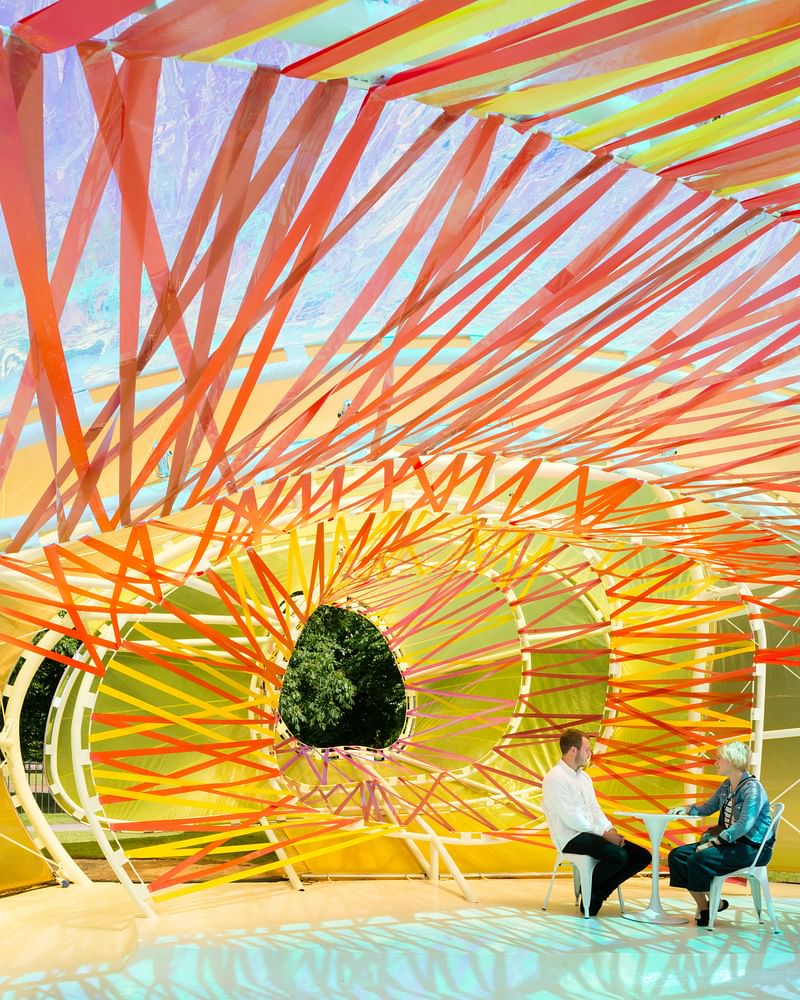
↑ The Serpentine Gallery Summer Pavilion 2015 - London, United Kingdom
Structural Designer: AECOM
Project summary: “The 2015 Pavilion by Spanish architects SelgasCano is an amorphous, double-skinned, polygonal structure consisting of panels of translucent, multi-coloured fabric. The engineers employed a steel frame draped in unreinforced, prestressed EFTE, a fabric with the requisite structural and fire performance, and high level of translucency that helped realise the Pavilion’s coloured and mirrored finish.”

RELATED NEWS SelgasCano's 2015 Serpentine Pavilion now open to the public
↑ The Blavatnik School of Government - Oxford, United Kingdom
Structural Designer: Pell Frischmann
Project summary: “A new home for Oxford University’s School of Government, where world-class academics and practitioners pursue excellence through teaching and research in leadership and public policy education. This striking building features high quality exposed concrete throughout. Its unusual form, established through a series of stacked, off-set cylindrical and square volumes, creates a variety of different spaces. The whole building is designed to encourage openness and communication.”
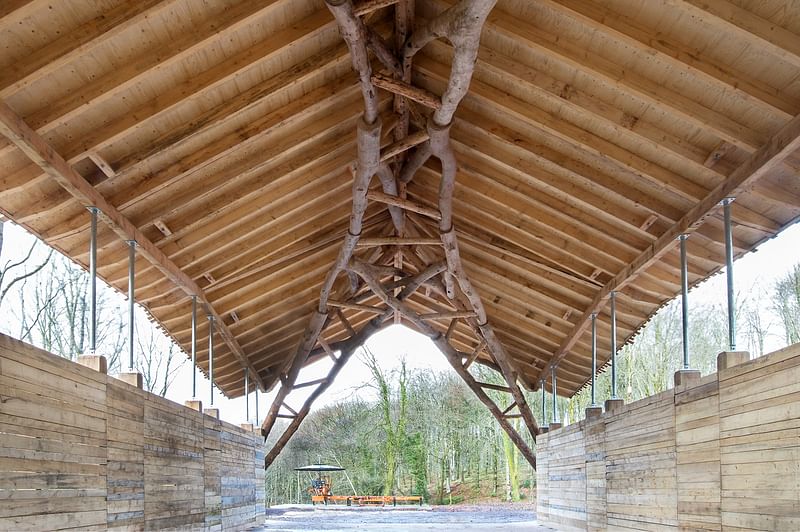
↑ Woodchip Barn – Dorset, United Kingdom
Structural Designer: Arup
Project summary: “Located in Hooke Park, a woodland which serves as a test ground for experimental timber structures, the barn was part of a student competition to design a storage barn. The structure would use Beech trees harvested from the local forest. A prime concept of the project was to use “Y” shaped tree fork junctions structurally, so that the natural strength of these joints was exploited. The timbers were 3D scanned, enabling fabrication using a seven-axis robotic arm.”

RELATED NEWS The Glass Lantern at Apple Store Istanbul named as Structural Awards 2014 grand prize winner

↑ Torre BBVA Bancomer - Mexico City, Mexico
Structural Designer: Arup
Project summary: “The Latin American headquarters of the bank, BBVA Bancomer, and the tallest completed building in Mexico. The architecture clearly expresses the engineering of the structure. Engineers designed for Mexico City’s low frequency earthquakes by placing the structural frame on the exterior of the envelope. This Eccentrically Braced Megaframe acts as an external protective skeleton, carrying all the building’s lateral wind and seismic loads, and is designed to avoid excessive earthquake damage through ductile connections.”
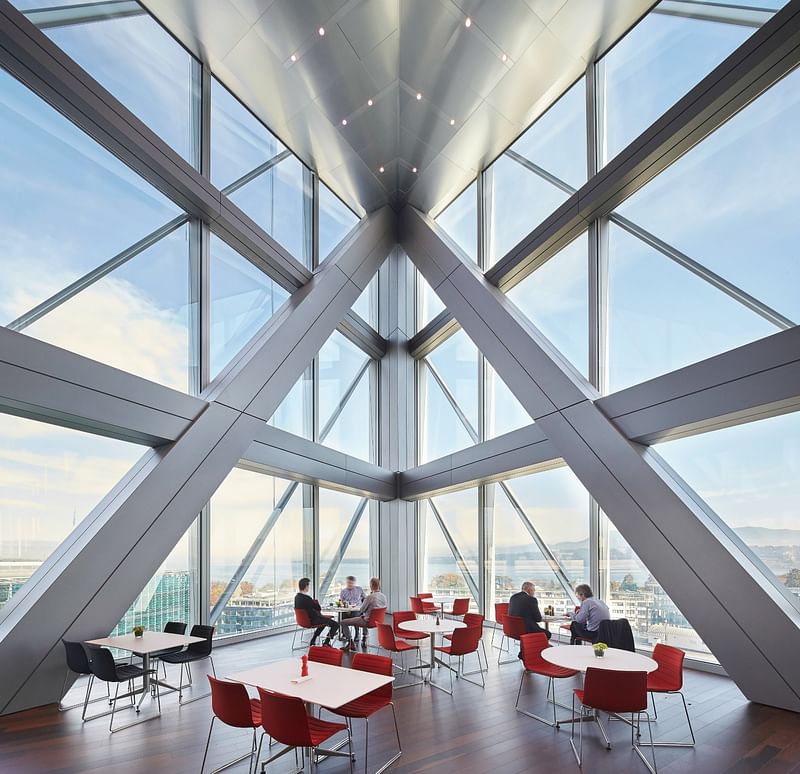
↑ JTI Headquarters - Geneva, Switzerland
Structural Designer: Skidmore, Owings & Merrill, Inc.
Project summary: “A 10-storey building framed in structural steel, forming a triangular shape around a central courtyard, this stunning landmark building, with its impressive cantilever, establishes a strong identity amongst its prestigious neighbours and surrounding parklands. Each of the three perimeter and three courtyard building elevations are sloped, full-depth, nested Pratt trusses, tied together by moment connections in the spandrel beams, which together resist all gravity and lateral loads.”

RELATED NEWS Winners of the Structural Awards 2013
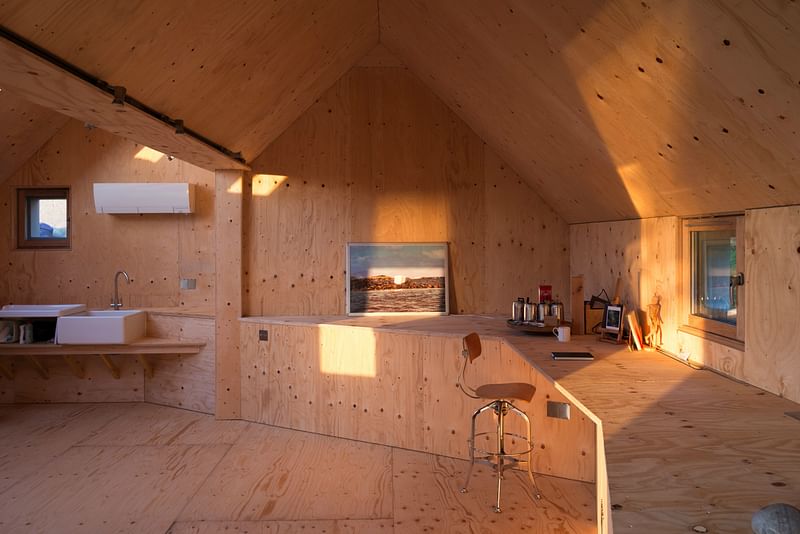
↑ Midden Studio – Kintyre, Scotland, United Kingdom
Structural Designer: Webb Yates Engineers
Project summary: “An artist’s studio located on the Kintyre coast. Due to its remote location it is designed to withstand extreme weather conditions, such as very high wind and snow loads. The building sits on top of a Victorian midden wall, formerly the depository for dung from nearby stables. Both the walls and the roof are formed from stressed skin panels, enabling the corner of the building to cantilever over the stream without using any structural steel members. There is also a window in the underside of the cantilever which allows the artist to peer down to the flowing water below. ”
↑ Philip J. Currie Dinosaur Museum - Wembley, Alberta, Canada
Structural Designer: Fast + Epp
Project summary: “This palaeontology museum rests on the ancient Pipestone Creek dinosaur bone bed in Northern Alberta. Its geometrically-complex roof is supported by expressed timber beams creating a visual reference to dinosaur bones. Prefabricated modular timber panels are supported on angled glulam beams, tied together with intricate, custom-made connections constructed using laminated CNC-milled Douglas fir plywood.”
Find the full 2016 shortlist here.

Share
0 Comments
Comment as :